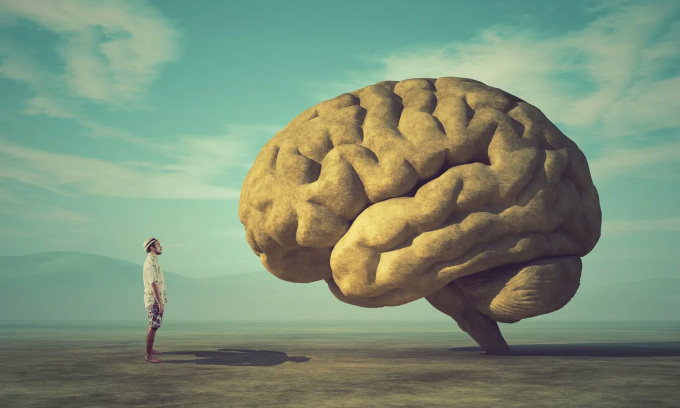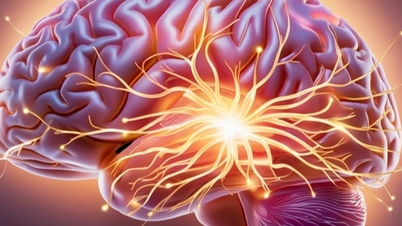People born in the 1970s have a 6.6% increase in brain volume compared to the 1930s generation, research shows, helping to reduce the risk of dementia in old age.

The human brain has been getting bigger over the decades. Photo: Orla
Human brain size has been increasing every decade since at least the 1930s, according to new research published in the journal JAMA Neurology on March 26. The brain growth is likely the result of improvements in early-life environmental factors and may help reduce the risk of dementia in old age, the researchers said.
The team looked at magnetic resonance imaging (MRI) scans of the brains of 3,226 people who took part in the Framingham Heart Study (FHS). Launched in 1948 in Framingham, Massachusetts, the FHS has included participants born in every decade since the 1930s and now includes descendants of some of the original group.
Looking at MRI images (taken from 1999 to 2019), the research team wanted to compare the brains of people born in the 1930s with those born in the 1970s. They found that the average brain volume increased from 1,234 ml to 1,321 ml over this 40-year period, corresponding to an increase of about 6.6%.
Surprisingly, the participants' brain surface area increased even more: The average cortical surface area of people born in the 1970s was nearly 15% larger than that of people born 40 years earlier, from 2,056 cm2 to 2,104 cm2.
The decade of birth appears to influence brain size and possibly long-term brain health, according to study author Charles DeCarli, a neuroscientist. “Genetics plays an important role in determining brain size, but our results suggest that external influences—such as health, social, cultural, and educational factors—may also have an impact,” DeCarli explains.
Scientists still need to learn more about the exact impact of increased brain size on long-term health. However, the team notes that adult brain volume is an important predictor of cognition in old age. They hypothesize that larger brain volumes indicate more brain growth and better brain preservation, which could explain the declining incidence of dementia. In fact, although the number of people with Alzheimer's continues to rise in the US, the incidence of the disease has been decreasing over the past few decades.
The new study also revealed that the size of the hippocampus—which is closely linked to memory and learning—appears to increase with each decade, along with the amount of white and gray matter in the brain. Based on these findings, DeCarli says larger brain structures (like those observed in the new study) may reflect improved brain development and brain health.
Thu Thao (According to IFL Science )
Source link



![[Photo] Prime Minister Pham Minh Chinh receives President of Cuba's Latin American News Agency](/_next/image?url=https%3A%2F%2Fvphoto.vietnam.vn%2Fthumb%2F1200x675%2Fvietnam%2Fresource%2FIMAGE%2F2025%2F12%2F01%2F1764569497815_dsc-2890-jpg.webp&w=3840&q=75)











































































































Comment (0)